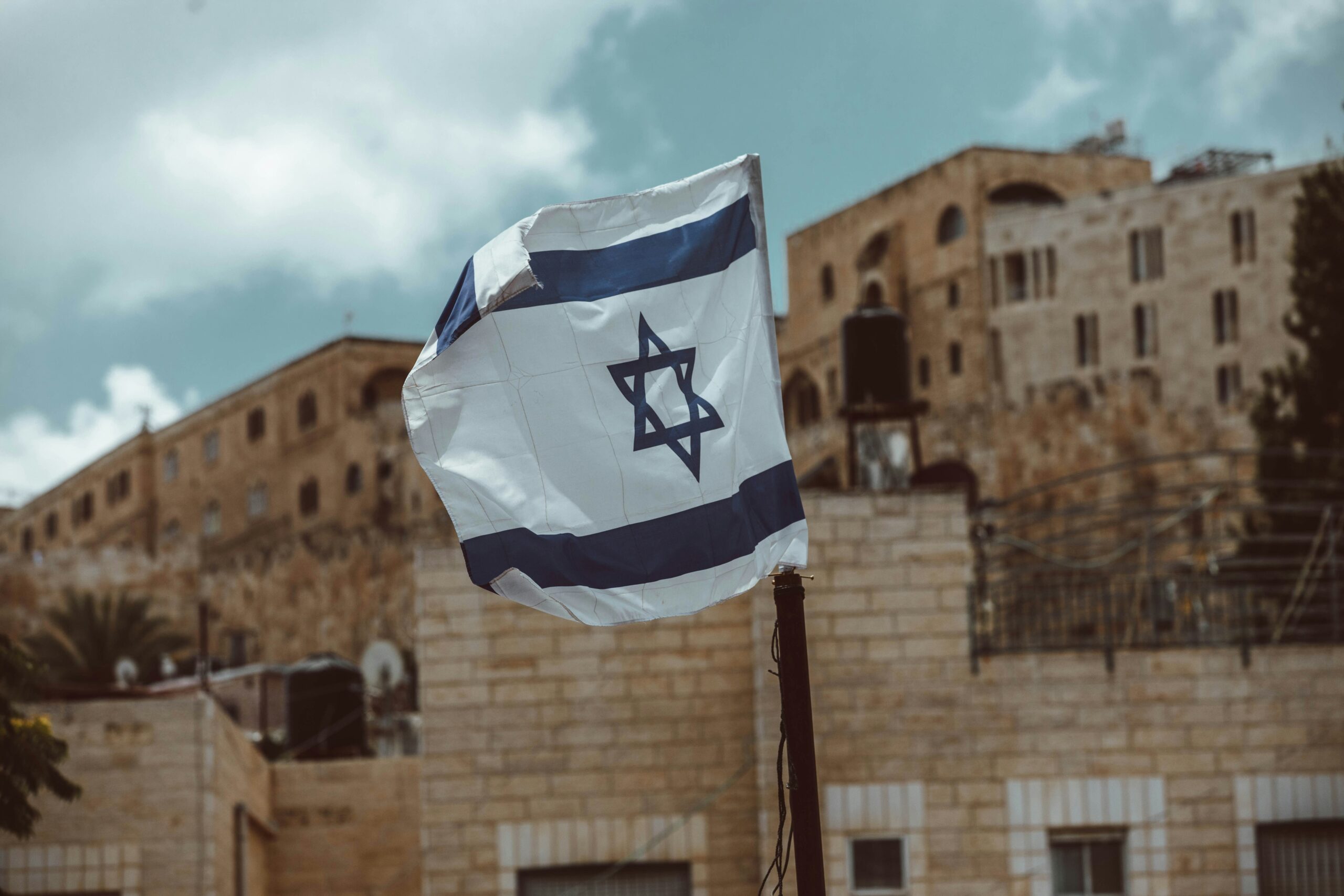The current violence within the Middle East has been a hot button topic on Susquehanna’s campus following the ongoing conflict between Israel and Hamas. In response, university administration hosted “Contextualizing the Israel-Hamas Conflict” in Stretansky Concert Hall on Feb. 19 at 7 p.m.
This Q&A event, which was primarily advertised on MyNest, was moderated by political science professor, Dr. Nick Clark. During his opening speech, Clark specified that the purpose of this program was to educate students on this conflict, not start any arguments.
“The goal of this panel is to not represent either side, Israel or Hamas,” said Clark.
He then turned the conversation to the panelists, Dr. Laurence Roth, Susquehanna University professor of English and director of Jewish and Israel studies and Dr. Baris Kesgin, associate professor of Political Science and Policy Studies at Elon University.
Roth began his address with a statement of disappointment in this conflict saying, “I’d rather be elsewhere.”
He continued by sympathizing with the many professors and university administrators across America who have lost their jobs, been doxed or had their lives ruined just for vocalizing their opinions on, what he referred to as, this “conundrum.” The goal for this event, noted Roth, was to “encourage empathy with any and with all sides.”
During Kesgin’s introduction, he described himself as a “student of Middle East politics,” who hoped to provide a “factual historical background” on the events occurring in Israel and Palestine.
Although the event was advertised as a Q&A session, the questions posed were from a preapproved list that the panelists received ahead of time. These questions were said to be directly from student submissions that were sent in via a form on MyNest.
The majority of the hour-long event was taken up by the question: “How did we end up in this place? What is the historical background that has led us to this current situation?” Both Roth and Kesgin gave a detailed timeline of the historical events that caused the current disputes within the region.
However, this discourse lasted for around 45 minutes, so there was not much time remaining to discuss the current issues in the Middle East. For the remainder of the event, panelists were asked about the motives behind Israel and Hamas’ actions, how is antisemitism different from anti-Zionism, how are Palestinian people different from Hamas, how will this conflict reshape Middle East politics and is the two-state solution still a viable option.
With ample time lacking, the panelists gave short-winded answers with recommendations for students to “do their own homework” by researching further.
The university will be hosting two other events pertaining to this topic. On March 3, there will be a “Brunch and Zoom with Palestinian/Israeli Speakers” from 12:15 p.m. to 1:45 p.m. On March 4, there will be “Project Shema: Talking About It: Antisemitism-How to Spot it, How to Stop it,” in Degenstein Meeting Rooms 1 through 5 from 4:30 p.m. to 5:45 p.m. with a reception directly following.
























